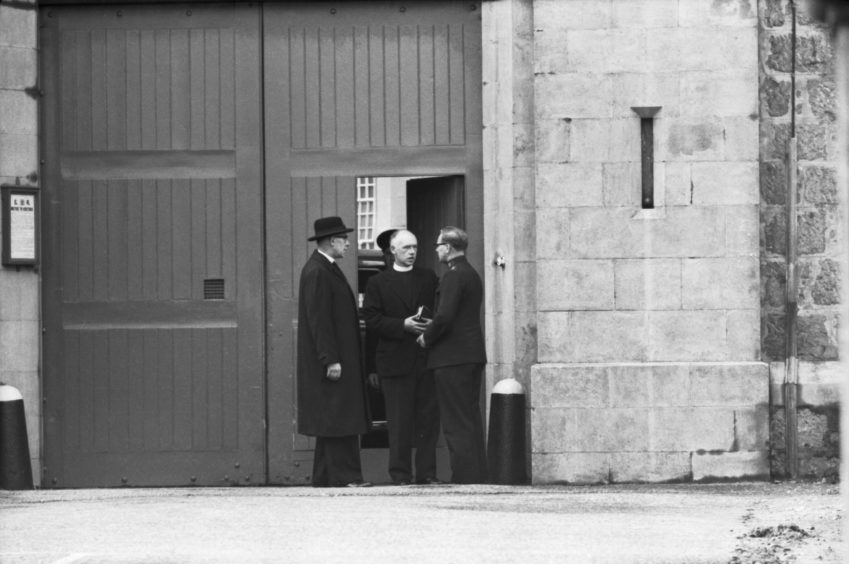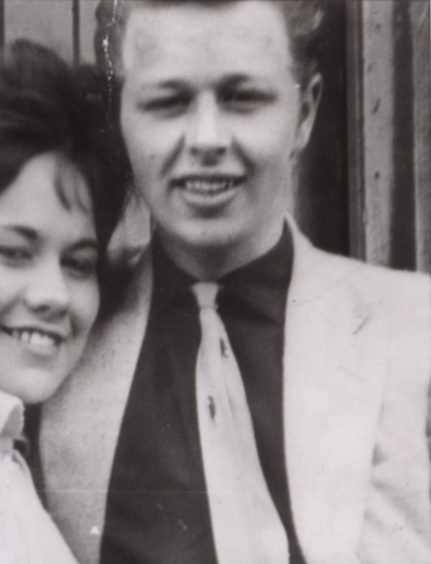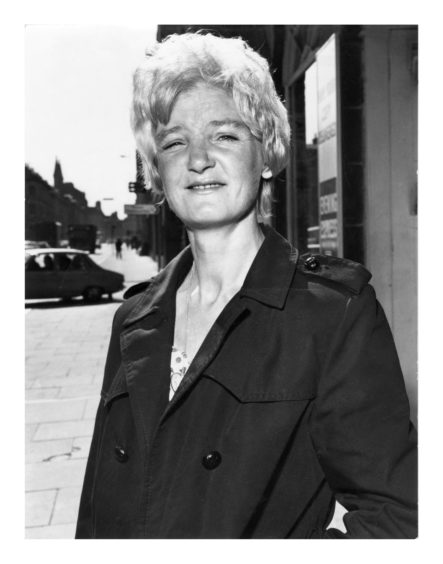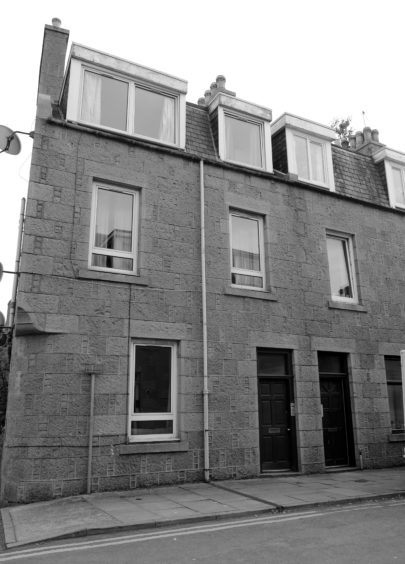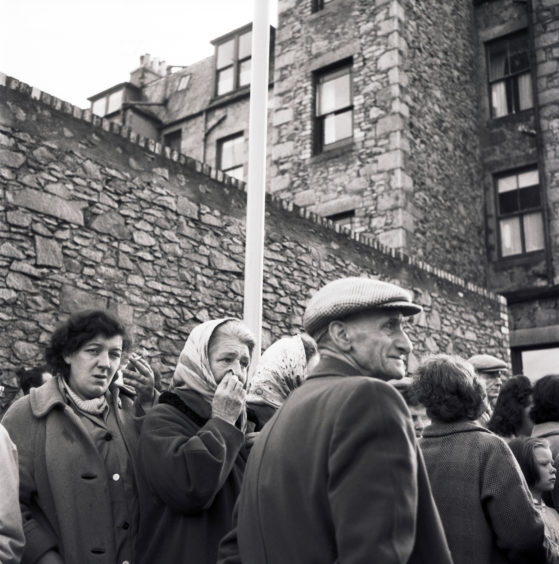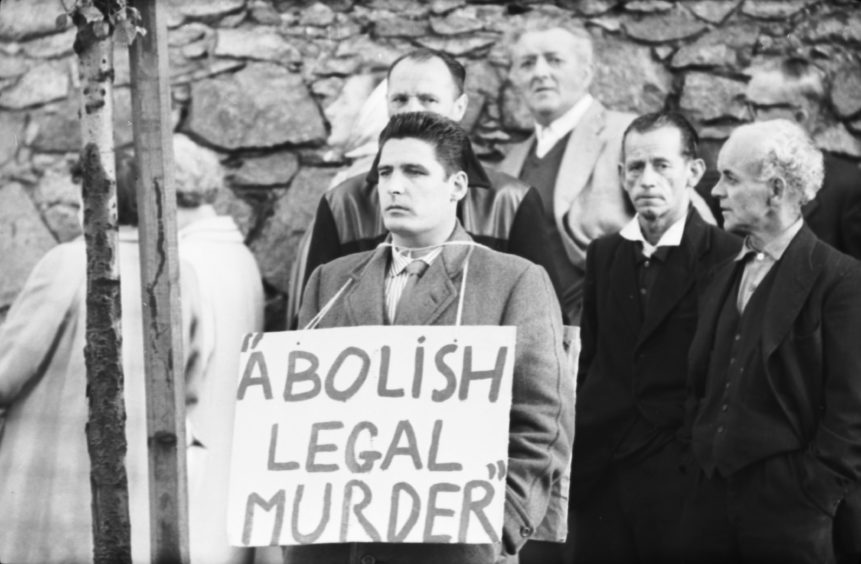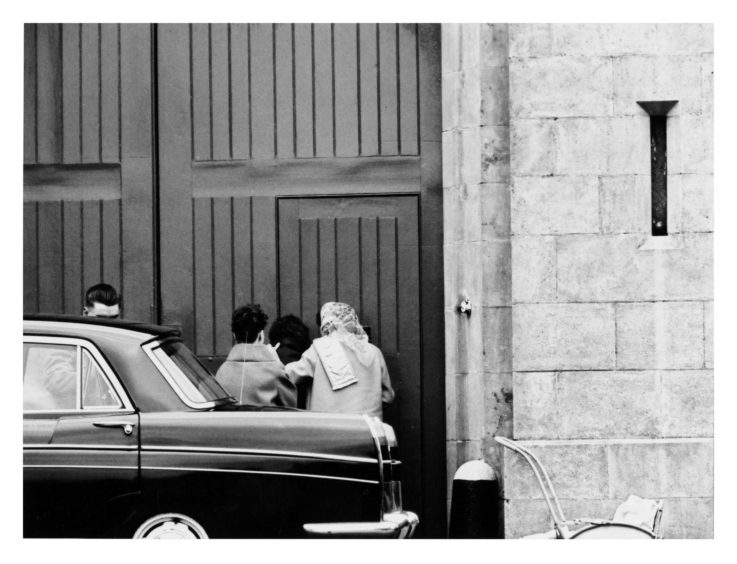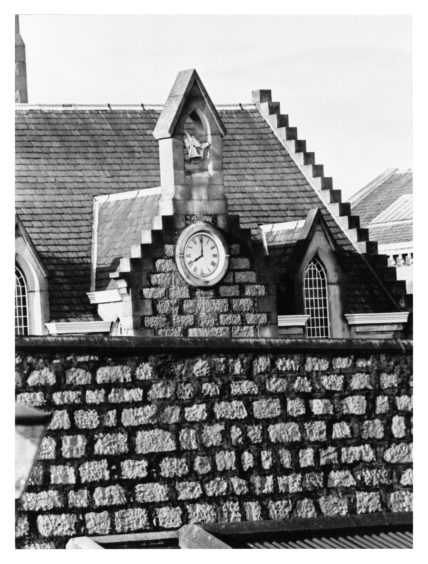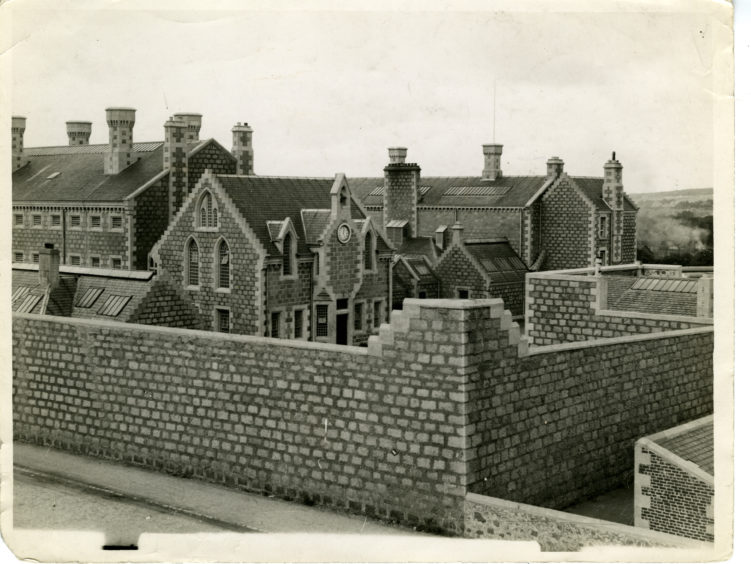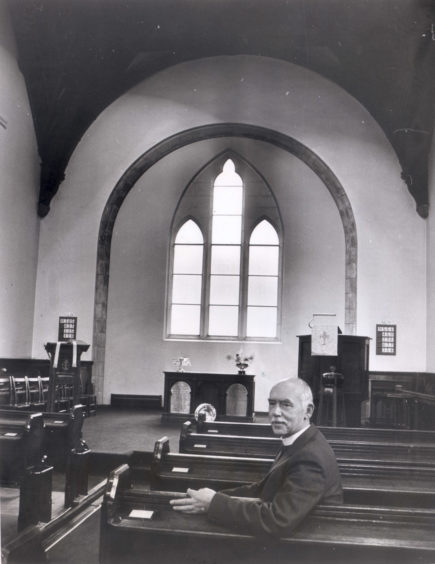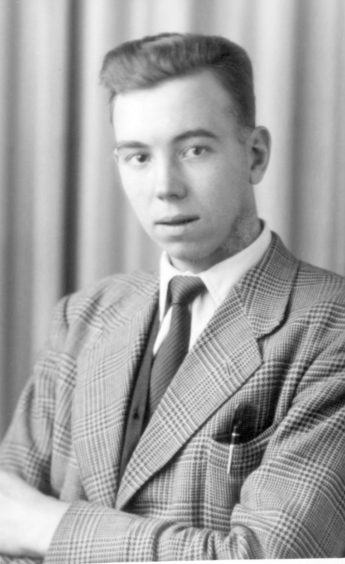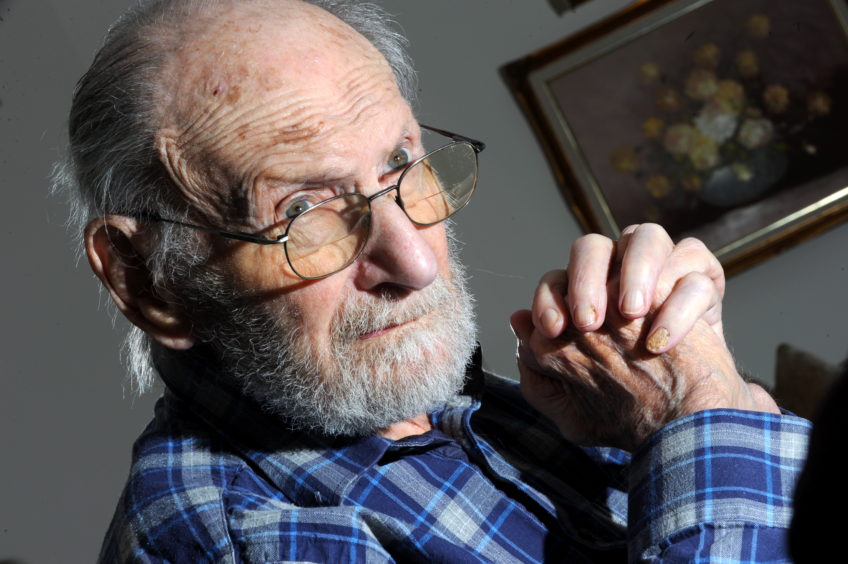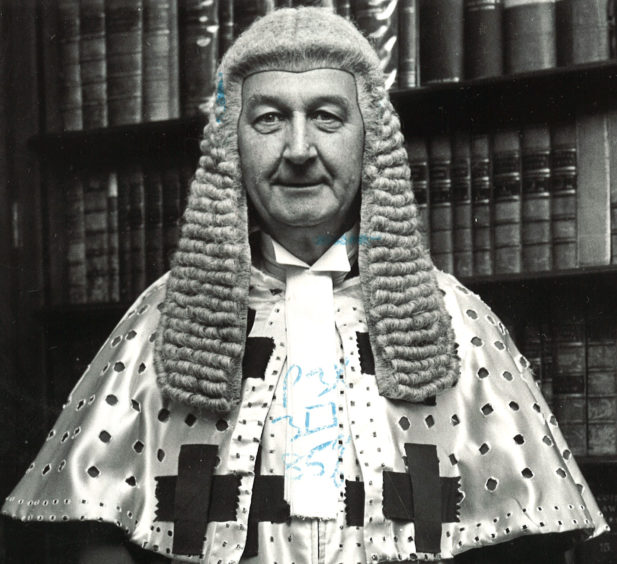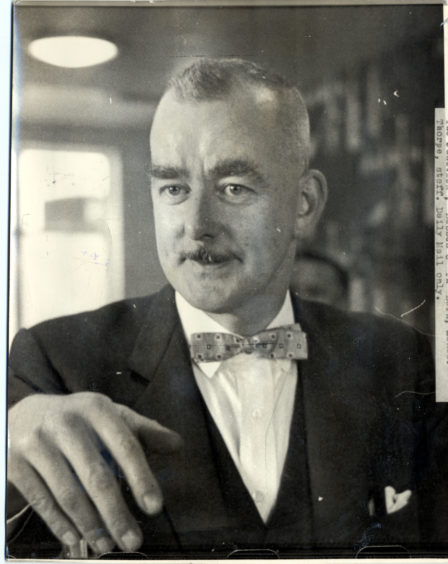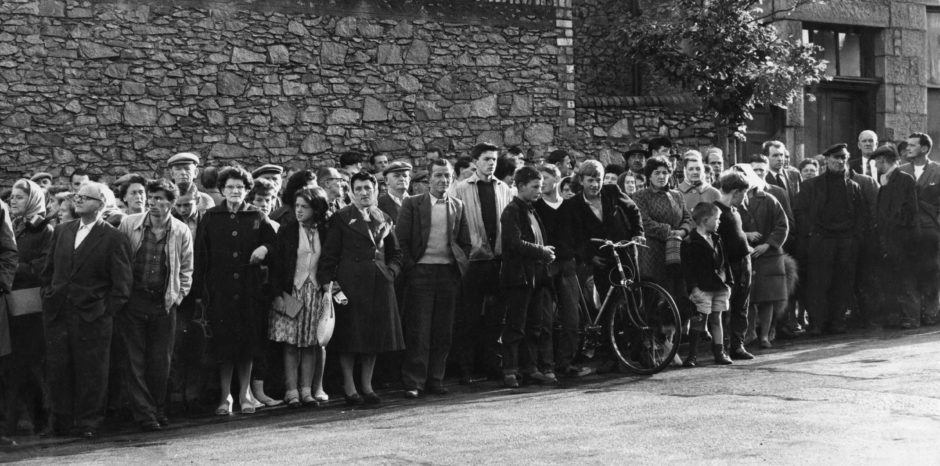
The crowd of more than 200 people outside Craiginches Prison in Aberdeen stood in solemn silence in the watery morning sunshine at one minute past eight on August 15, 1963.
Behind the grim walls of the jail, Henry John Burnett was taking the last walk of his life, being led to the gallows to pay the highest penalty for murder.
At 8.10am, a senior police official told the waiting crowd: “It’s all over. There will be no notice posted on the gates. You can all go home now.”
And so the last hanging in Scotland – and the only execution within Craiginches – was over.
Mere months later – 55 years ago – hanging was abolished in the United Kingdom, driven in part by the outcry over the death penalty imposed on Burnett.
His guilt was never in doubt.
On May 31 1963, the 21-year-old blasted Thomas Guyan in the face with a shotgun, the tragic outcome of a complex love triangle.
Burnett had fallen for Guyan’s wife, Margaret, a work colleague whose husband was often working away at sea.
Margaret felt trapped in a loveless marriage and moved in with Burnett at a rented flat on Skene Terrace.
But Burnett, who had a history of suicide attempts and mental illness, was prone to extreme jealousy. He took to locking Margaret in the house for fear she would leave him.
Unable to cope with his behaviour, Margaret decided to return to her husband, but Burnett grabbed a knife and held it at her throat. Later the same day, she met Thomas and they both went to her grandmother’s home in Jackson Terrace.
A furious Burnett stole his brother’s shotgun and tracked the pair down. He forced his way into the flat.
As soon as Thomas Guyan appeared at the kitchen door, Burnett loosed both barrels, killing him instantly.
He grabbed Margaret, dragged her to a garage on Seaforth Road and, at gunpoint, ordered a man filling his car with petrol to turn over his vehicle. With Margaret as a hostage, he headed to Peterhead, with the police in pursuit.
After 15 miles, he pulled off at Ellon and surrendered to the police without any resistance.
He told the two constables who arrested him: “It’s me you want.”
His first words to detectives questioning him later were: “I gave him both barrels. He must be dead.”
Burnett’s trial was swift, lasting a mere three days. His defence team had planned to plead diminished responsibility as a special defence. But once Burnett was assessed they changed his plea to one of insanity.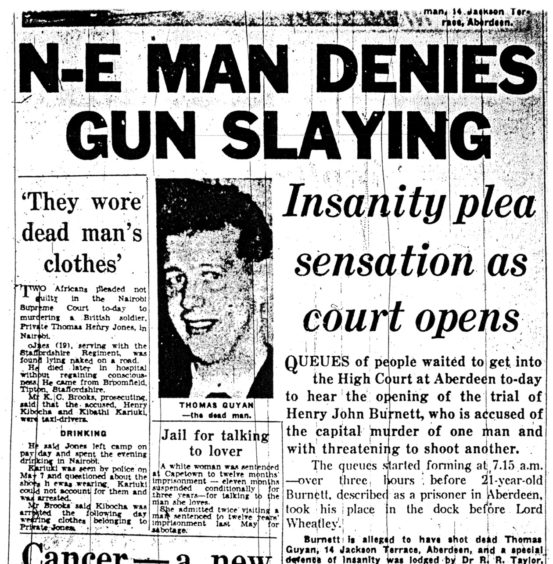
Dr Ian Lowit determined he was “insane as far as he was incapable of considering the consequences of his actions”.
Neurologist Dr John Taylor said: “I judge him to be insane at the time of the shooting and in need of institutional care.”
During the trial, Burnett’s mother, Matilda, gave evidence that she was sometimes frightened by her own son. “He went kinda mad… His face white and eyes staring,” she told the court.
As she left the dock, she cried out to her son: “Henry, it’s okay ma loon. It’s okay.
But even a mother’s tearful plea and the medical expert opinion did not sway they jury.
They took just 25 minutes to decide his fate.
Guilty of murder.
Had they listened to the experts, Burnett would have been convicted of culpable homicide and locked up.
Instead, Lord Wheatley raised a black cap to his head and said: “The sentence of this court is that you will be taken from this place to the prison of Craiginches, therein detained until the 15th day of August and upon that day within the said prison of Craiginches between the hours of eight and 10 o’clock forenoon you suffer death by hanging.”
The death sentence provoked uproar and outrage across Aberdeen and the country, especially as there was already strong and rising public demand for an end to capital punishment across the UK.
More than 3,000 people signed a petition calling for clemency for Burnett.
Eight Aberdeen city councillors sent a protest telegraph to Scottish Secretary Michael Noble. It read: “We the undersigned… feel we cannot register too strongly our protest against the inhuman act which is to take place in our midst on Thursday morning when Henry John Burnett, technically sane but morally of diminished responsibility, will be hanged.”
No reply was received.
Even the victim’s mother, Jeannie Guyan, said she wanted his life spared.
“I don’t want revenge. The last thing I want is that he should die. His death won’t bring my Tom back,” she said.
“It was a terrible thing he did, but he’s only a laddie.”
The day before the hanging, Burnett’s sister Mary gave a heartbreaking statement. “We have had a reply to the telegraph we sent to The Queen yesterday asking her to intervene – she said there was nothing she could do. We have given up hope now. Nothing can save Henry.”
The next morning, Burnett was led to the specially constructed execution chamber within Craiginches and barely a minute later he was dead. His body was buried on a grass slope behind where he was hanged.
The anger over his death reverberated on, with demands for explanation as to why clemency was not granted being made in the House of Commons, but the reasons were never given.
It fed into the growing clamour for an end to executions. A year later, hangings were stopped in the UK. Two years later, on November 9 1965, capital punishment was abolished.
But that was not the end of the story for the last man hanged in Scotland.
Craiginches was closed in 2014 to be developed for housing.
Burnett’s remains were exhumed and a private ceremony held for him at Aberdeen Crematorium on August 7 2014.
A more dignified end to a troubled existence.
Matter of life and death for those touched by execution
The hanging of Henry John Burnett was to leave a lasting impression on those touched by the tragic case – including those who witnessed the execution.
The Rev John Dickson, who was the prison chaplain and minister at St Fittick’s Church, Torry, for more than 30 years, was present in Burnett’s last moments on earth, giving him parting words of comfort.
Speaking in 2010 he said: “I was holding the silver cross of St John, I got on a visit to Iona. I held it up and I suppose it was the last thing he saw before the hood went on.”
Rev Dickson said the killer showed remorse for his actions. “He was very sorry about it. He was bewildered. He convince me that he acted on impulse.”
As a magistrate on the city council, Bob Middleton was called upon to witness the hanging.
“That experience shaped my abhorrence of capital punishment,” said Mr Middleton in an interview in 1999.
“The only way I got through was by convincing myself Burnett was the most evil man there had ever been.”
Dr Ian Lowit, the senior psychiatric register at Aberdeen Royal Infirmary who testified Burnett was insane at the time of the killing, was also deeply affected by his execution.
In an interview with the P&J in 2014 he was of the opinion the hanging was driven by political motives.
“The death sentence was on the way out and I think they wanted to have one more go,” he said. “They wanted to see what would happen and see the reaction. And I think the feeling was largely against it.”
Even Lord Wheatley, who sentenced Burnett to hang, said that had the jury sustained the plea of diminished responsibility, he would have been imprisoned, not executed.
But the jury’s murder verdict which showed evidence Burnett was a danger to society and himself had been sustained.
In his 1987 autobiography, he said passing a death sentence is the “most disagreeable task” a judge was called upon to do.
“I have always been an abolitionist, a fact which did not make my task easier and I was glad to see capital punishment abolished. But a judge has to administer the law as it is, not as he would personally like it to be.”
The only man to have shown no regrets over Burnett’s hanging was the man who pulled the lever on the trapdoor, public executioner Harry Allen, who hanged three dozen murderers over his career, paid £15 for each execution.
“Anyone guilty of wilful murder should pay the supreme penalty,” he said in a 1983 interview.
